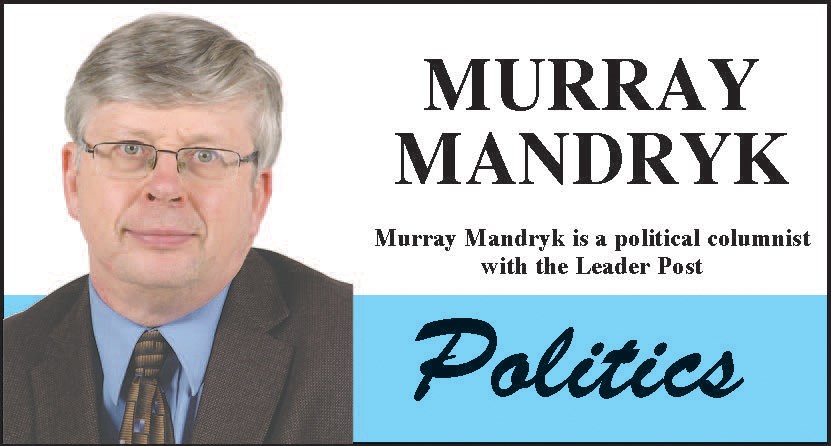Maybe it is time to go nuclear … or at least, go a little nuclear.
It wouldn’t be an easy decision for anyone. Any foray into nuclear development will likely come at the expense of good coal-generated jobs in rural Saskatchewan’s southeast.
Moreover. it wasn’t so long ago that we’ve been down this road.
That said, the government isn’t looking at those massive nuclear power plants that better serve gigantic world cities in heavily populated countries.
The memorandum of understanding that Premier Scott Moe signed with Ontario Premier Doug Ford and New Brunswick Premier Blaine Higgs is for technical examination on the viability of small modular reactors (SMR) that would be a far better fit for this province.
The problem, however, is the technology for a functional, operating SMR is a decade away — perhaps even much longer. And there are those who make a pretty good argument that they will never work.
But if we are serious about the need to get out of the business of burning coal to generate electricity, it is only reasonable that all options be put on the table.
And the options of SMRs should at least part of that conversation.
Maybe it’s not even the best option. Maybe the smartest thing SaskPower could do is buy 1,000 megawatts of power from Manitoba Hydro — an option that the Crown electrical utility is currently exploring, according to a report between the two province that’s gotten little attention.
But we should have the discussion without the usual philosophical blinders or political considerations that prohibit meaningful explorations.
It can be argued that we didn’t really have that meaningful discussion on nuclear energy the last time we discussed nuclear options 10 years ago.
It was 2009 and the then-young Brad Wall-led Saskatchewan Party administration commissioned former deputy minister Dan Perrins to oversee the Uranium Development Partnership (UDP) public consultations on the potential of nuclear power.
His work immediately ran into massive opposition, with some 86 per cent of all submissions opposing nuclear power compared with only 14 per cent supporting it.
In actual fact, an April 2009 survey revealed 47.8 per cent of Saskatchewan people favouring nuclear power plant compared with 33.5 per cent opposed.
That said, it wasn’t just the environmental left that seemed to have problems with large-scale reactors … and their massive costs.
The last one built in this country three decades ago cost $14 billion. Even smaller 1,000 megawatt reactors were priced at between $8- to $10 billion at the time.
And then there is the added problem of finding a suitable location. Many were not keen on seeing a big nuclear reactor — regardless of how many jobs in created — built in their backyards.
The benefit of SMR — as outlined by Environment Minister Dustin Duncan last week — is that they are smaller, cheaper, mobile and less intrusive.
In fact, they could be so beneficial they could end Saskatchewan’s burning of coal to generate electricity by 2050, Duncan said. That would far exceed SaskPower’s current goal of reducing GHGs by 40 per cent of 2005 levels by 2030.
Of course, that all depends on whether this industry gets off the ground.
According to A 2014 report by Nuclear Energy Insider, interviews with more than 50 leading specialists and decision makers were expressing “pessimism” that SMR programs were already being abandoned and scaled-back.
Report author Kerr Jefferies, said it’s ”missing the point” to base the future of SMRs on startup difficulties.
“We believe a more accurate picture is that 2014 has been a teething year, and that the SMR story hasn’t even really begun,” Jefferies said.
That underscores it’s not an option yet, but let’s at least keep an open mind.
We need to explore all the options.
Murray Mandryk has been covering provincial politics for over 22 years.



